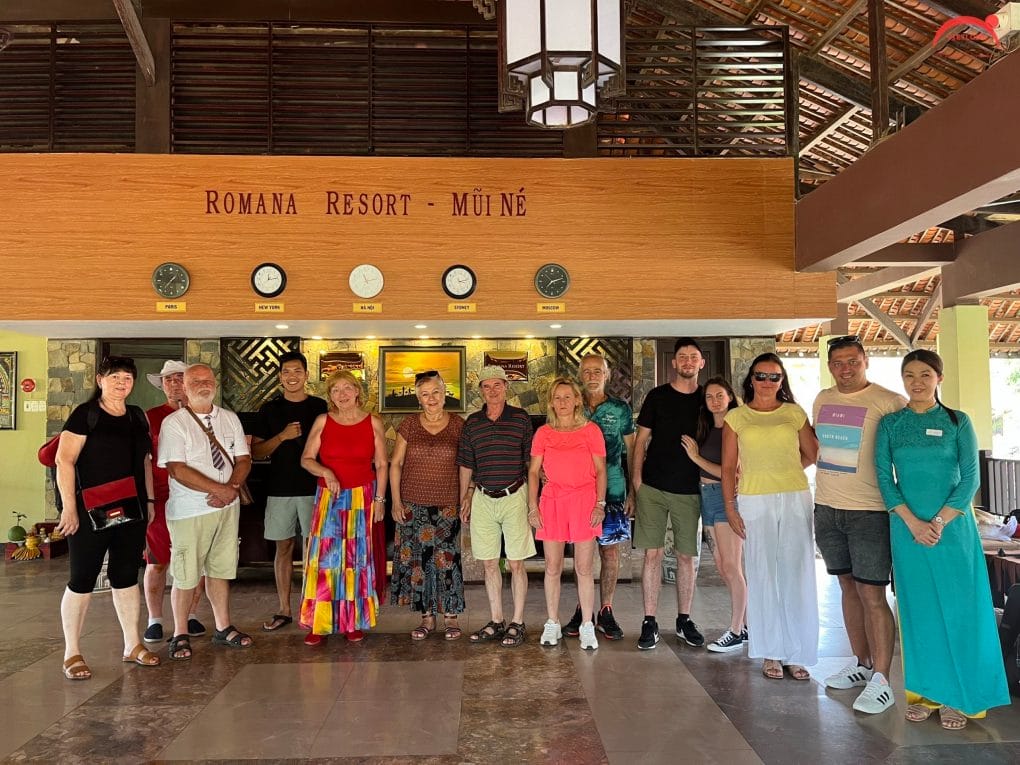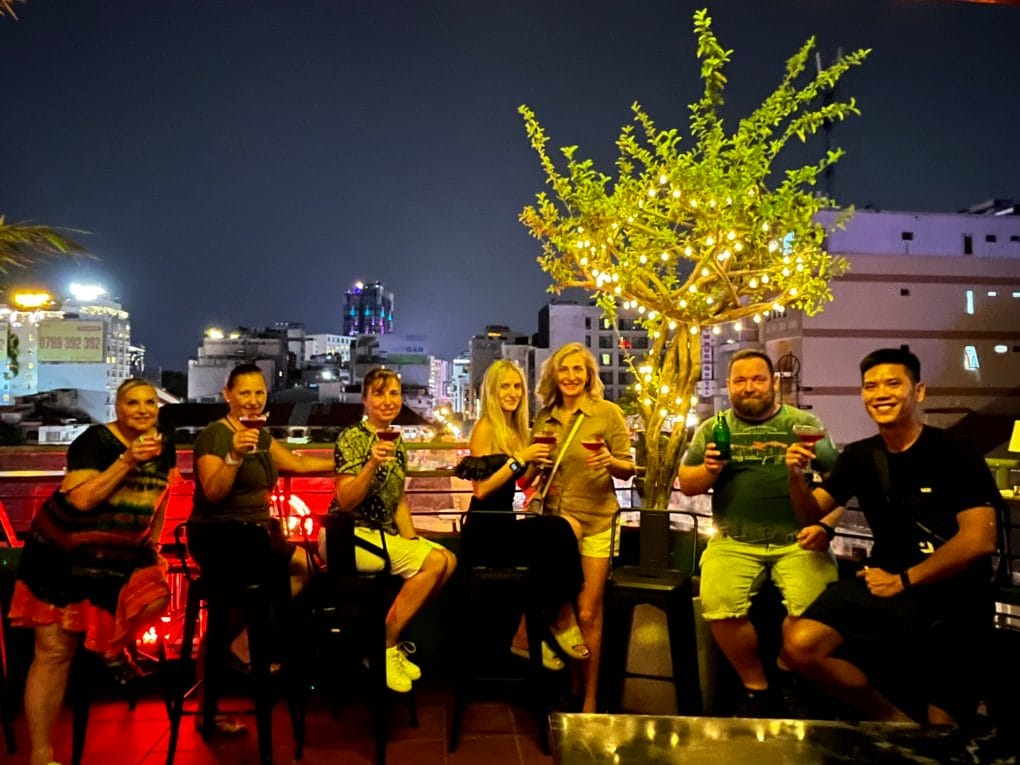Lang Pagoda
Located in Hanoi’s suburbs, the Lang Pagoda provides an opportunity to see a semi-rural area, yet another of Hanoi’s many faces. It was built during the reign of Emperor Ly Than Tong (1128-1138). Entry is via an ancient concrete and wooden gateway flanked by stone elephants. The courtyard encloses an octagonal pavilion. For visitors, it offers a peaceful setting where local students like to read and paint, and old people enjoy relaxing in the shade of the trees.
Lang Festival
The Lang Pagoda Festival is usually organized in the village of the same name from the 5th to the 7th day of the third lunar month. The main festival day is on the 7th day of the third lunar month.
Lang Pagoda was built in the 12th century under Ly Dynasty. It was located in a rather large scale and in harmonious architecture. The festival opens on the 5th day of the third lunar month with the procession of saint’s joss-stick bowl is carried to Nen Pagoda, where according to the legend the saint was born. On the 6th day of the third lunar month, saint’s joss-stick bowl is carried to Tam Huyen Pagoda to visit his father. On 7th day of the third lunar month, saint’s palanquin procession is carried to Hoa Lang Pagoda to visit his mother. On the way to Hoa Lang Pagoda, the performance of the old tale of “deities fighting” is performed (Tu Dao Hanh’s fighting with shaman Dai Dien in Due Pagoda who according to the legend killed Tu Vinh, Tu Dao Hanh’s father). After making rituals, at noon the saint’s palanquin procession returns to Lang Pagoda. The festival also involves traditional games: swinging, wrestling, chess playing, tuong, cheo singing and worshipping sing.






